




If you visited your primary care physician recently, you were likely asked how many alcoholic beverages you drink in a week. Did you tell the truth when you answered? 32% of women and 50% of men lie to their doctors about their alcohol consumption. *
Why does your doctor need to know?
Physicians ask about your drinking because the amount and frequency of alcohol you consume produce significant effects on your overall health.
Your typical day includes a glass of wine or two with dinner. During the weekend, you attend a social event during which you drink a couple of cocktails or more. You never experience withdrawal symptoms when you stop drinking. Your alcohol consumption hasn’t negatively affected your relationships. You’re not an alcoholic, right?
This may surprise you:
90% of excessive drinkers are not by definition alcoholics. You do not need to be an alcoholic for alcohol to take a heavy toll on your health and cause serious social problems. You also may not realize that alcohol (ethanol) is defined both as a drug and a toxin.
Excessive alcohol consumption, according to the CDC, is responsible for 88,000 deaths per year and costs the U.S. more than $200 billion annually
A “drink” or “alcoholic beverage” is defined as 5 ounces of wine, 12 ounces of beer, or 1.5 ounces of 80-proof distilled spirits. These all have an identical level of alcohol. It is a common misconception that wine, wine coolers, or even beer are not as dangerous as “hard” liquor. For that reason, they may be more dangerous.

The liver is a large organ located under the ribs on the right side of the body. It filters waste, makes bile to digest food, stores sugar used for energy, and produces proteins that work throughout the body. One of the important proteins causes blood to clot. Persons with end-stage liver disease can bleed to death, especially from the abdomen.
Alcoholic liver disease is caused by the heavy use of alcohol. The liver’s job is to break down alcohol. If you drink more than it can process, it can become badly damaged. Once it completely fails, it cannot heal. You can’t live without your liver.
Alcoholic liver disease is common and preventable. There are 3 types. Many heavy drinkers progress through all 3 types over time.
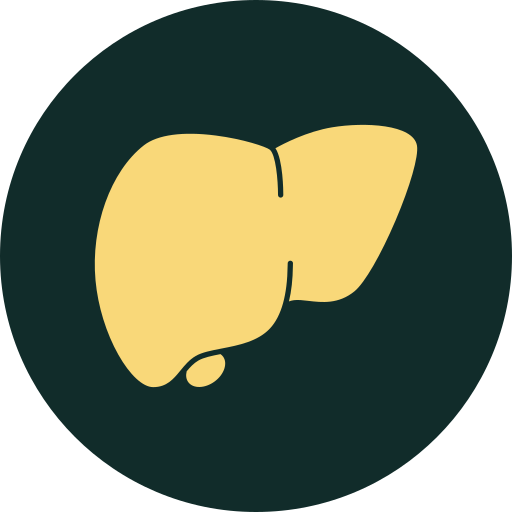
The most common type of alcohol-induced liver disease is fatty liver. Sometimes fatty liver does not cause symptoms, but it will often cause right-sided upper belly pain. Weight loss, as well as fatigue and weakness, are common.
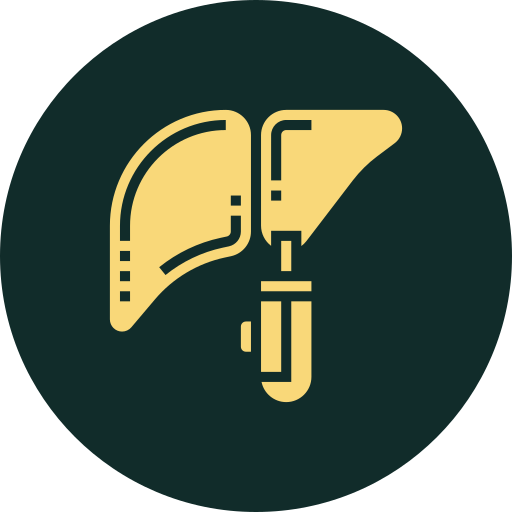
Alcoholic hepatitis is severe inflammation of the liver. Liver cells die and cause permanent liver scarring. This is caused by long-term alcohol abuse. Appetite loss and weakness are common. People with hepatitis are acutely ill and have jaundice, yellowing of the skin and eyes.
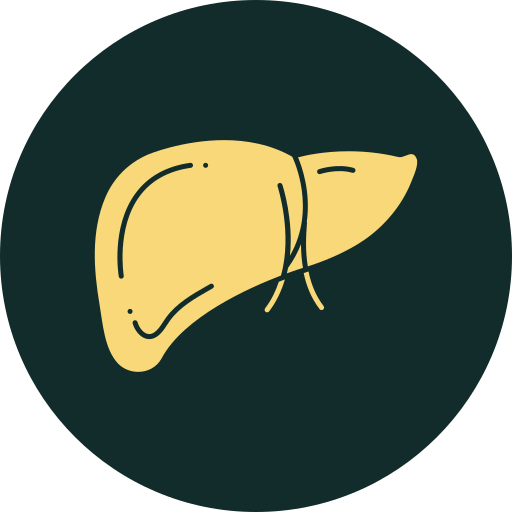
Alcoholic cirrhosis is the breakdown of healthy liver tissue. This causes all of the symptoms of alcoholic hepatitis. Poor nutrition, intestinal bleeding, fluid in the belly, kidney failure, and confusion occur. This is irreversible liver failure. Liver cancer often occurs with cirrhosis
The effects of alcohol on the liver depend on how much and how long you have been drinking alcohol. *
Drinking alcohol is one of the major risk factors for head and neck cancer (HNC) and causes approximately one-third of the cases worldwide. These cancers are in the throat, nose, sinus, and mouth. The more alcohol consumed, the more the risk for these cancers increase. Drinking alcoholic beverages, even for a short period, increases the risk of these cancers.
It’s different for oropharyngeal cancer. This is a specific area behind the mouth in the middle of the throat. How long alcohol is abused and how much has been consumed are both factors in developing this cancer. *
Exposure to alcohol increases a woman’s risk of hormone-related breast cancer. Alcohol can increase levels of estrogen and other hormones associated with hormone-receptor-positive breast cancer.
Alcohol may increase breast cancer risk by damaging DNA in cells. Women who have three alcoholic drinks per week have a 15% higher risk of breast cancer. The risk of breast cancer goes up another 10% for each additional drink women regularly have each day.
Girls 9 to 15 who drink three to five drinks a week have three times the risk of developing benign breast lumps, which are associated with a higher risk of breast cancer later in life.
Three to four alcoholic beverages per week increased the risk of breast cancer coming back in women who’d been diagnosed with early-stage disease. *
The GI tract (mouth, esophagus, stomach, small intestine, large intestine) is the first point of contact for most toxins entering the body, including alcohol. We now know that poor GI health leads to overall poor body health, as damage to the GI tract causes an inflammatory response throughout the body.
Alcohol, ingested chronically or in large amounts, causes inflammation. The GI tract is likely the root of many of the worst consequences of excessive alcohol intake including chronic liver disease, neurological disease, a variety of cancers, and inflammatory bowel syndrome.
Scientists have been aware for some time of the strong links between the gut and the brain. They talk to each other; the brain helps to control the gut. They now are beginning to realize the opposite is also true; the gut helps to control the brain.
Changes in intestinal absorption caused by alcohol can affect cognition and behavior. Cognition is the ability to process and understand information. A study of patients undergoing alcohol detox had higher scores for depression, anxiety, and alcohol cravings and worse scores of attention and focus.
Alcohol-induced gut inflammation can result in system-wide inflammation that affects nerve cell function and may cause many symptoms of alcohol withdrawal, including severe anxiety and disturbances in heart rate and blood pressure.
It is a myth that every alcoholic drink “kills brain cells.” Advances in imaging technology, however, allow researchers to see changes in structure and function in the brain that they previously could only guess.
Brains of alcoholics resemble the brains of significantly older alcoholics. The entire brain is more vulnerable to atrophy (shrinking) when excessive alcohol has been consumed for a long period of time.
The following areas of the brain are particularly susceptible to the negative effects of alcohol:
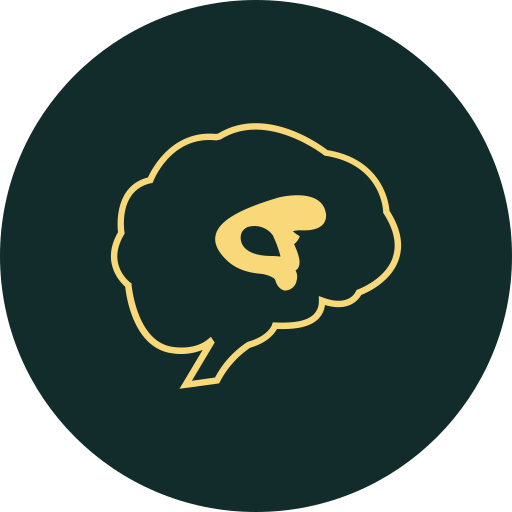
The limbic system (responsible for behavior and emotion) is negatively affected by heavy drinking. Binge drinking and long-term drinking can damage the limbic system in a short period of time. This can increase the risk of dementia and decreased cognitive abilities. *

The frontal lobe (home of the personality) is the most vulnerable part of the brain to alcohol. The frontal lobe is responsible for cognition, thought, memory, and judgment. Alcohol use inhibits these functions.
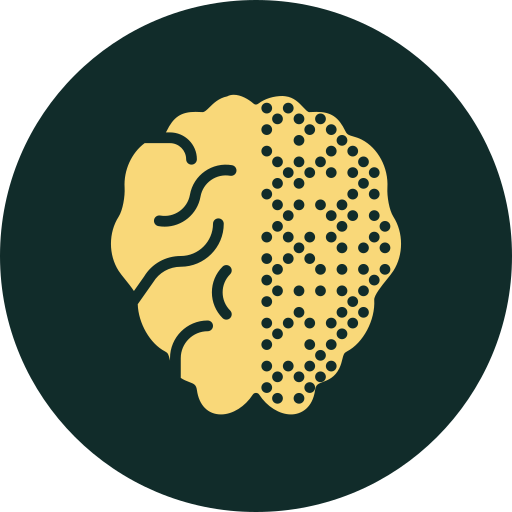
The right hemisphere (where spoken and written information is processed) is more susceptible to damage from alcohol than the left hemisphere (responsible for speech, comprehension, arithmetic, and writing).
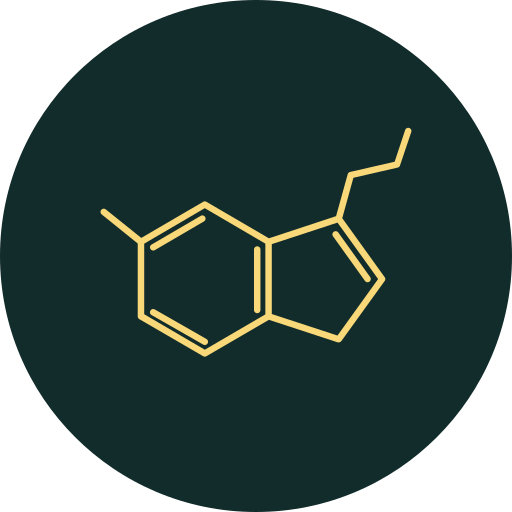
Neurotransmitters like dopamine and serotonin, are particularly sensitive to alcohol abuse. Neurotransmitters cause the transfer of nerve signals from one nerve to another. *
Much media attention and medical research addressed the dangers of drinking alcohol during pregnancy in the late 1970s and early 1980s. The problem remains 40 years later.
Alcohol, even in small amounts causes catastrophic birth defects and lifetime disability. Alcohol use during pregnancy causes birth defects and developmental disabilities known as fetal alcohol spectrum disorders (FASDs).
14% (1 in 7) of pregnant women reported current drinking or having at least one alcoholic beverage in the last 30 days. One in twenty reported binge drinking (four or more drinks on one occasion) at least once in the past 30 days. College-educated, employed, and unmarried pregnant people were more likely to report current drinking.
However, alcohol use among pregnant people was not higher in 2020 than in 2019, despite some evidence of increased alcohol sales and consumption among the general public during the COVID-19 pandemic.
Every day, about 28 people in the United States die in drunk-driving crashes — that’s one person every 52 minutes. 10,142 people lost their lives. Those deaths were all preventable. *
Moderate alcohol use isn’t free from risk. Remember that even light drinkers (those who have no more than one drink a day) have an increased risk of some cancers, such as esophageal and breast cancer. Also, you just learned the statistics of alcohol involved driving and trauma. *
You don’t have to stop drinking completely if you aren’t able or don’t have the motivation. Even cutting down on your consumption of alcohol will benefit your health. Some of the negative effects on your body, especially your GI system and brain, can lessen or even resolve over time.
No need to feel overwhelmed if you have decided to cut down on your drinking. Cutting down is not “all or nothing.” Changing habits take some time, but it is best accomplished in small steps.
If you have trouble limiting the amount of alcohol that you consume, you may have Alcohol Use Disorder (AUD). Our Alcohol Use Disorder Self Test can help you determine if you meet the criteria. If you find that you are not able to overcome the temptation to drink alcohol to excess, there are a number of resources available to you.
Please reach out to New Method Wellness if you would like more information about alcohol and drug addiction treatment.
From all of us at New Method Wellness co-occurring treatment center, we wish you peace and serenity in knowing that you or your loved one will get the necessary help.
ACCREDITED BY:

New Method Wellness
We firmly believe that the internet should be available and accessible to anyone, and are committed to providing a website that is accessible to the widest possible audience, regardless of circumstance and ability.
To fulfill this, we aim to adhere as strictly as possible to the World Wide Web Consortium’s (W3C) Web Content Accessibility Guidelines 2.1 (WCAG 2.1) at the AA level. These guidelines explain how to make web content accessible to people with a wide array of disabilities. Complying with those guidelines helps us ensure that the website is accessible to all people: blind people, people with motor impairments, visual impairment, cognitive disabilities, and more.
This website utilizes various technologies that are meant to make it as accessible as possible at all times. We utilize an accessibility interface that allows persons with specific disabilities to adjust the website’s UI (user interface) and design it to their personal needs.
Additionally, the website utilizes an AI-based application that runs in the background and optimizes its accessibility level constantly. This application remediates the website’s HTML, adapts Its functionality and behavior for screen-readers used by the blind users, and for keyboard functions used by individuals with motor impairments.
If you’ve found a malfunction or have ideas for improvement, we’ll be happy to hear from you. You can reach out to the website’s operators by using the following email juanita@newmethodwellness.com
Our website implements the ARIA attributes (Accessible Rich Internet Applications) technique, alongside various different behavioral changes, to ensure blind users visiting with screen-readers are able to read, comprehend, and enjoy the website’s functions. As soon as a user with a screen-reader enters your site, they immediately receive a prompt to enter the Screen-Reader Profile so they can browse and operate your site effectively. Here’s how our website covers some of the most important screen-reader requirements, alongside console screenshots of code examples:
Screen-reader optimization: we run a background process that learns the website’s components from top to bottom, to ensure ongoing compliance even when updating the website. In this process, we provide screen-readers with meaningful data using the ARIA set of attributes. For example, we provide accurate form labels; descriptions for actionable icons (social media icons, search icons, cart icons, etc.); validation guidance for form inputs; element roles such as buttons, menus, modal dialogues (popups), and others. Additionally, the background process scans all of the website’s images and provides an accurate and meaningful image-object-recognition-based description as an ALT (alternate text) tag for images that are not described. It will also extract texts that are embedded within the image, using an OCR (optical character recognition) technology. To turn on screen-reader adjustments at any time, users need only to press the Alt+1 keyboard combination. Screen-reader users also get automatic announcements to turn the Screen-reader mode on as soon as they enter the website.
These adjustments are compatible with all popular screen readers, including JAWS and NVDA.
Keyboard navigation optimization: The background process also adjusts the website’s HTML, and adds various behaviors using JavaScript code to make the website operable by the keyboard. This includes the ability to navigate the website using the Tab and Shift+Tab keys, operate dropdowns with the arrow keys, close them with Esc, trigger buttons and links using the Enter key, navigate between radio and checkbox elements using the arrow keys, and fill them in with the Spacebar or Enter key.Additionally, keyboard users will find quick-navigation and content-skip menus, available at any time by clicking Alt+1, or as the first elements of the site while navigating with the keyboard. The background process also handles triggered popups by moving the keyboard focus towards them as soon as they appear, and not allow the focus drift outside of it.
Users can also use shortcuts such as “M” (menus), “H” (headings), “F” (forms), “B” (buttons), and “G” (graphics) to jump to specific elements.
We aim to support the widest array of browsers and assistive technologies as possible, so our users can choose the best fitting tools for them, with as few limitations as possible. Therefore, we have worked very hard to be able to support all major systems that comprise over 95% of the user market share including Google Chrome, Mozilla Firefox, Apple Safari, Opera and Microsoft Edge, JAWS and NVDA (screen readers), both for Windows and for MAC users.
Despite our very best efforts to allow anybody to adjust the website to their needs, there may still be pages or sections that are not fully accessible, are in the process of becoming accessible, or are lacking an adequate technological solution to make them accessible. Still, we are continually improving our accessibility, adding, updating and improving its options and features, and developing and adopting new technologies. All this is meant to reach the optimal level of accessibility, following technological advancements. For any assistance, please reach out to juanita@newmethodwellness.com